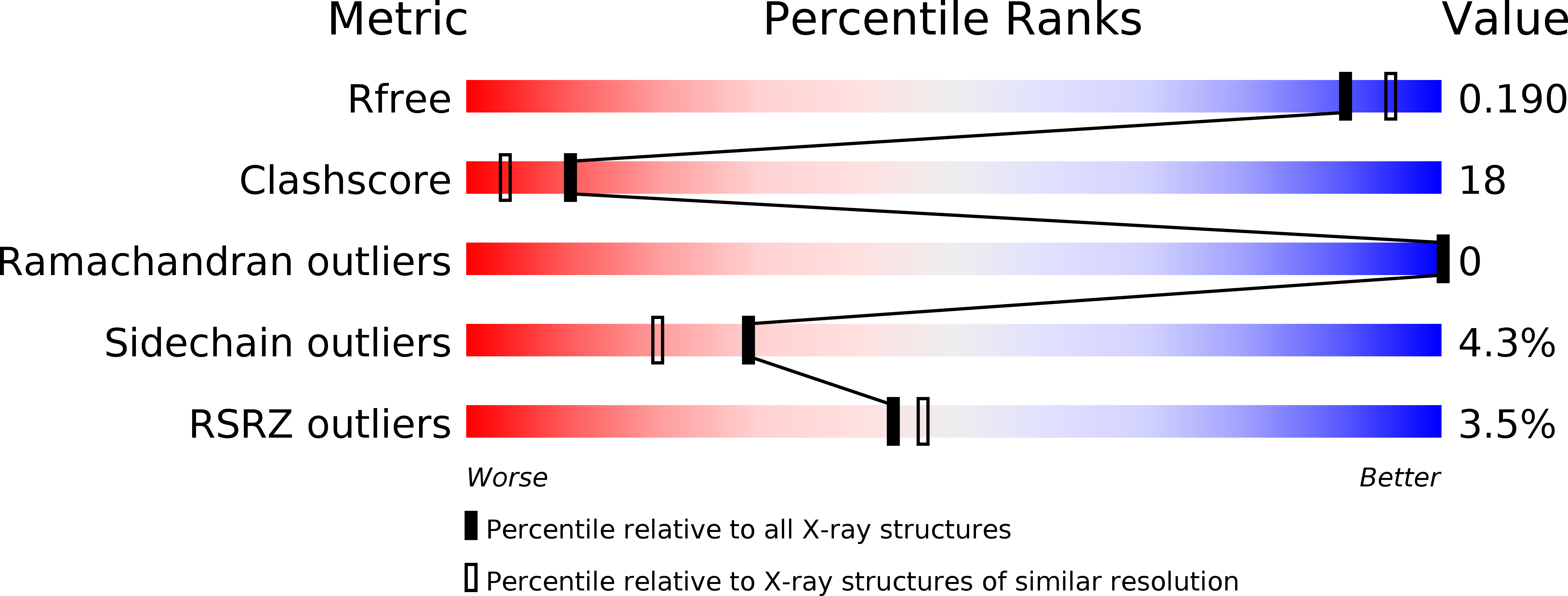
Deposition Date
2003-11-28
Release Date
2004-12-07
Last Version Date
2023-11-15
Entry Detail
PDB ID:
1V6D
Keywords:
Title:
The crystal structure of the trypsin complex with synthetic heterochiral peptide
Biological Source:
Source Organism:
Sus scrofa (Taxon ID: 9823)
Method Details:
Experimental Method:
Resolution:
1.90 Å
R-Value Free:
0.17
R-Value Work:
0.15
R-Value Observed:
0.15
Space Group:
P 21 21 21


